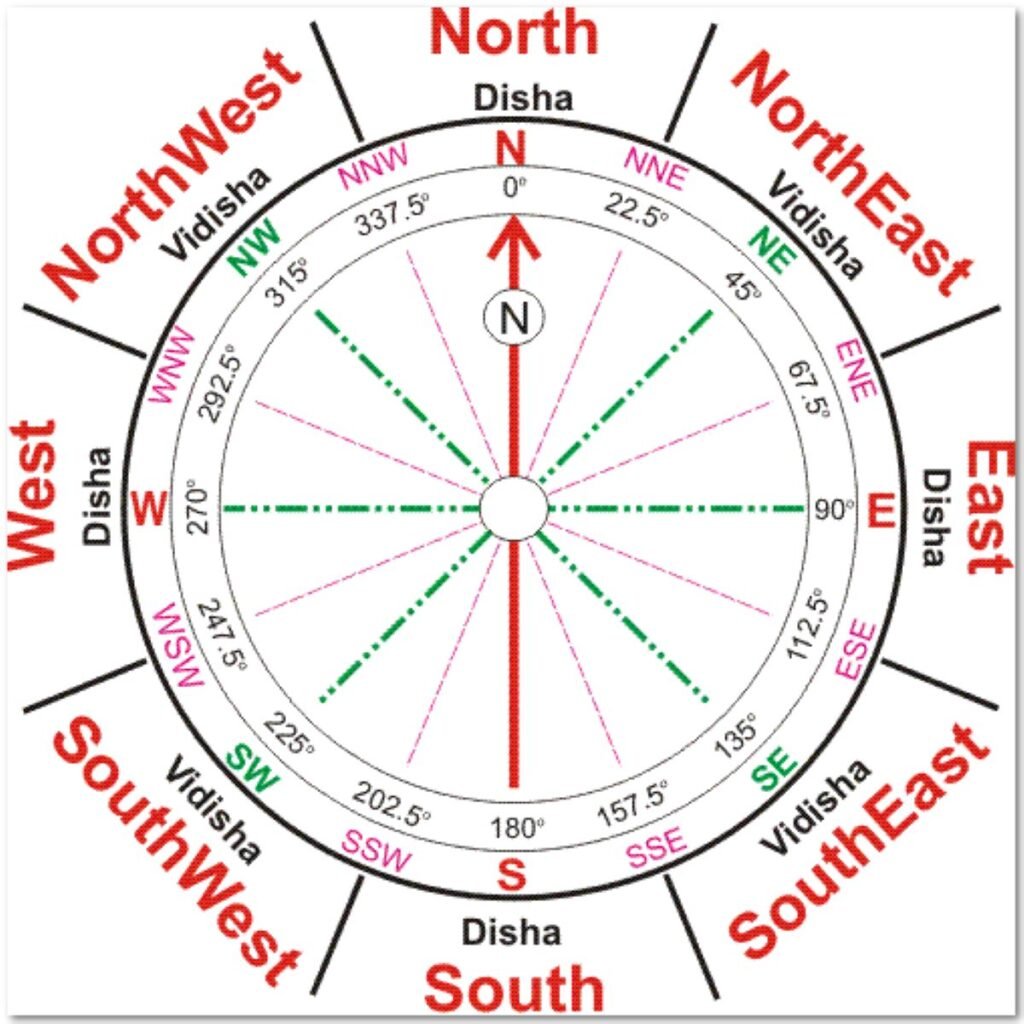Ancient Science, sometimes referred to as the “science of architecture,” is a traditional Indian method of architecture that has been employed for many years to build towns and cities that are in tune with the natural world. The foundation of Vastu Shastra is the idea that the cosmos is composed of five elements: earth, water, air, fire, and space. These factors are said to affect a building’s energy and flow, and when they are balanced, it is thought that both the building and its occupants would enjoy wealth, good health, and happiness.
Table of Contents
History of Vastu Shastra
The Indus Valley Civilization used design and architectural concepts to build cities, dwellings, and other structures, which is where the origins of Vastu Shastra may be found. The Vastu Shastra principles were improved upon and used in the construction of temples and other sacred sites during the Vedic era.
The intention behind the development of the Vastu Shastra principles was to create structures that were in harmony with their environment and natural forces. During time, the principles of Vastu Shastra were used in the construction of homes, palaces, and other structures, becoming an essential part of Indian architecture. Palaces, temples, and other important historical structures were built using Vastu Shastra principles.
Concepts of Vastu Shastra
The Vastu Shastra design principles call for the utilisation of particular geometrical patterns and shapes to produce structures that are harmonious with their surroundings. For instance, it’s important to consider door and window layout to make sure that energy can move easily throughout the building. To ensure that the construction is in harmony with the natural elements, specific colours and materials must be used.
Concepts of Vastu Shastra in Different Parts of a House
According to Vastu Shastra, the five elements that make up the universe are earth, water, fire, air, and space. Since it is believed that they have a significant influence on how buildings and spaces are created, these variables are taken into consideration while developing various components of a home.
Entrance
The entrance to a house is one of the most important parts of a house because it serves as the point of entry for good energy, or “Vastu Purusha.” The entrance should face east or north, as these directions are regarded to bring success and wealth. The door should be sized appropriately to the size of the house and the entranceway should be well lit.
Living Room
Another important space in the home is the living room, which ought to face either east or north. The living area should have appropriate lighting in addition to windows that let in natural light and air. The living room’s furnishings should be positioned to encourage discussion and family engagement.
Bed Room
Because it is considered to be the most private and intimate space in a home, the bedroom should be positioned southwest. The bed should be placed in the southwest corner of the room, with the head of the bed facing east or south. The bedroom should have sufficient illumination and be free of any unnecessary clutter.
Kitchen
The kitchen should be situated in the southeast of the home because it is said to be the source of energy there. The kitchen should be well-ventilated and the stove and sink should be positioned so that they do not face one another. Also, the kitchen needs to be kept clutter-free and spotless.
Importance of Vastu Shastra
Vastu is important to architecture because it may be used to create structures that go beyond being purely functional. According to Vastu Shastra, a structure should be designed so that it is in tune with its surroundings and can encourage the growth of positive energy and wellness. Vastu Shastra principles are believed to have a significant impact on people’s mental, emotional, and spiritual welfare.
Vastu Shastra is based on the idea that structures should be arranged and constructed in a way that is in accordance with the inherent laws of the universe. The elements of earth, water, fire, air, and space are supposed to have a considerable impact on buildings; as a result, these elements should be considered while designing interior spaces. Vastu Shastra has been found to have a considerable influence on both the social and economic sides of society. The principles of Vastu Shastra are believed to promote positive energy and wealth, which can greatly enhance society’s overall well-being.
However, there are those who argue against the principles of Vastu Shastra. Some architects and designers believe that the concepts of Vastu Shastra are outdated and do not take into account modern building practices and materials. They argue that modern science and technology can create buildings that are more efficient and functional than those built according to Vastu principles
Conclusion
In conclusion, Vastu Shastra is a centuries-old system of architecture that has been employed to produce structures that are in tune with nature. In order to produce buildings that are thought to promote health, prosperity, and pleasure, its architectural principles call for the use of specific geometrical patterns, colours, and materials. Although there are people who disagree with the Vastu Shastra’s tenets, its significance in architecture cannot be overstated. Modern building techniques and materials can be used in conjunction with Vastu Shastra principles to design structures that are both useful and environmentally friendly.




